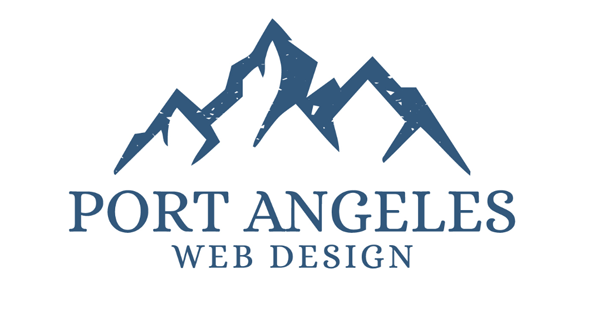Influencer Marketing
The voice in your head
Are your ready to take your marketing to the next level? Sure, you have a shiny new website and it's even 'mobile friendly'. You have a Facebook page, Twitter account, and an Instagram for your business; you're updating your status and posting to your Social Media accounts on a somewhat regular basis. But are you getting the results you were hoping for?
Chances are you are like most small business owners and are not seeing the results you expected because you didn't have a set goal in mind and expected instant results. You didn't take the time to learn about your audience or focus on followers over engagement. If you are ready to take your marketing to the next level, you'll need to resolve yourself to the fact that it won't be easy to pull off. The latest buzz term is "Influencer Marketing". What marketers have figured out is that simply maintaining your website and social media accounts isn't enough to set your brand apart from the noise that has engulfed the Internet. It's identifying the who and what influences your target audience to make a specific choice. Who is the 'voice in your head?'.
Is Influencer Marketing the future of Marketing?
Consider this:
- 69% of marketers who use influencer marketing consider it effective
- 73% of marketers say it’s effective for lead generation
- 76% say it helps with boosting customer loyalty
- 93% say it can help with building brand awareness
If you consider your own recent purchase decisions - how were they affected by something you read or who you are connected to through the web of social media? Most likely it was more so than through traditional marketing channels. Influencer marketing is a new twist on content marketing.
While influencer marketing provides plenty of benefits to marketers, it isn’t an easy task to pull off. You might end up facing a number of challenges along the way. Maybe you’re unable to provide engaging content or choose the right influencers. Whatever the reason is, you might end up experiencing a failure in your campaign.
Check out the top influencer marketing challenges faced when trying to execute a campaign:
- Identifying the right influencers is the biggest challenge for 75% of marketers
- Finding the right engagement tactics is a challenge for 69% of marketers
- 53% say measuring the performance of a campaign is their biggest challenge
So you see that these factors can influence the success or failure of your campaign. There are a lot of articles written about Influencer Marketing, so if you are ready to step up your marketing game, you'll need to do some homework. If you are like most business owners, you are probably too busy. My advice if you don't have the time to do your own research: hire an Internet Presence firm. It's a whole lot less expensive than you think!




